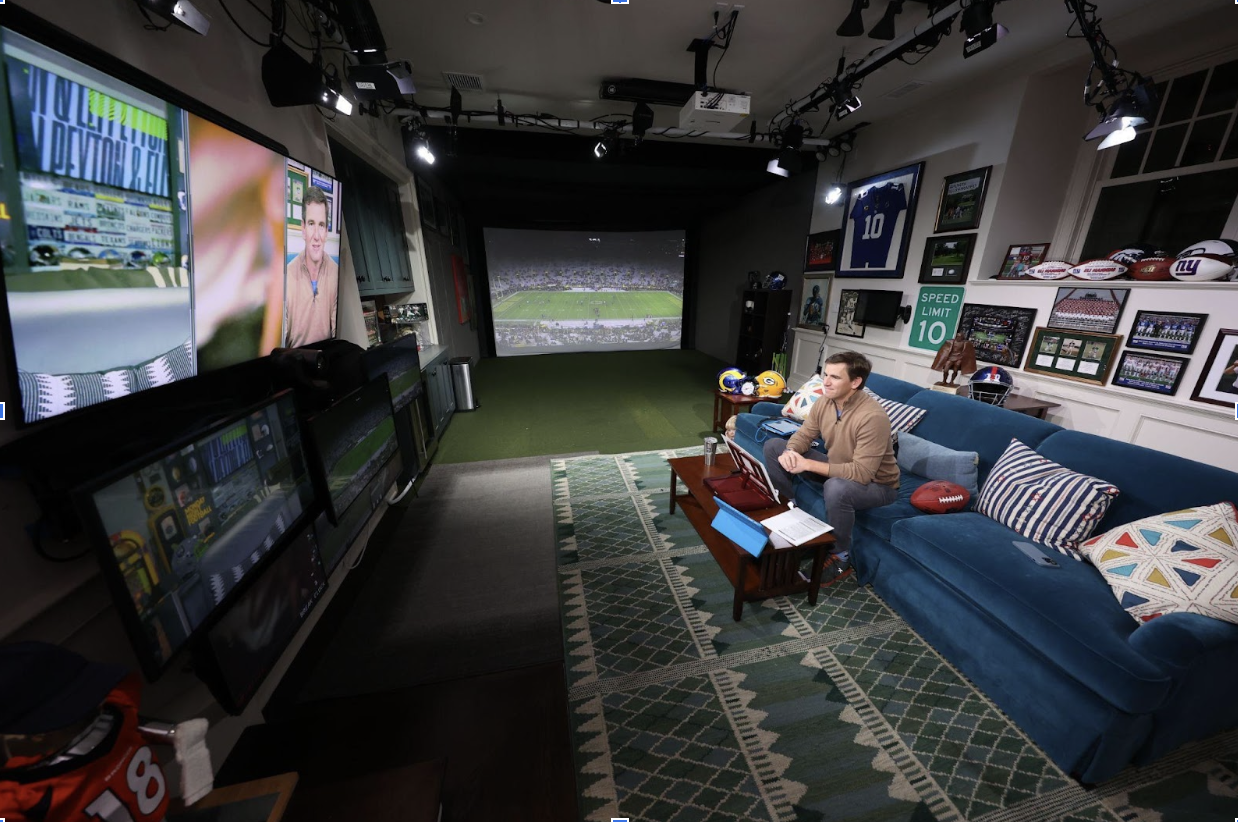Opinion | The Poly-Parent Households Are Coming
What’s less well known is the role assisted reproductive technologies played in the fight for marriage equality. Because much of what drove the court’s decision in the landmark case of Obergefell v. Hodges was the right of the plaintiffs to give their children the benefits of being raised in a “loving and nurturing home.” Or as the California Supreme Court similarly stated in striking down that state’s ban on same-sex marriage: “[A] stable two-parent family relationship … is equally as important for the numerous children in California who are being raised by same-sex couples as for those children being raised by opposite-sex couples.” What the Court didn’t say was that the vast majority of these children had been conceived via assisted reproduction. They were the children of technology, and it was the circumstances of their births that helped propel their parents’ marriages.
Urged by technology, therefore, we have already changed how we procreate, and with whom. We have separated sex from reproduction, and multiplied the various pairings that can together produce a child. And soon, a technology known as I.V.G. (in vitro gametogenesis) could push this process even further along. In theory, I.V.G. could allow individuals like our fictional Anna and Nicole to manufacture their own eggs and sperm, mixing and matching between genders and genes, and enabling more than two people to create a child together. And in the process, our basic notion of families is liable to get upended as well.
Here’s how I.V.G. works. Under natural conditions, the body produces gametes — eggs and sperm — at puberty, taking nondifferentiated stem cells (with 46 chromosomes) and instructing them to split into more specialized cells, each containing just 23 chromosomes. In young men, the process occurs in the testicles and these specialized cells become sperm. In women, it takes place in the ovaries and the cells become eggs. Both these processes are known as gametogenesis. In vitro gametogenesis, therefore, is precisely that: creating gametes outside the body, and in the laboratory instead. More specifically, over the past decade scientists have begun to find ways of coaxing human stem cells to produce eggs and sperm. To put it more bluntly: I.V.G. can theoretically allow anyone to manufacture an egg or sperm cell from a tiny sliver of their own skin.
Thus far, I.V.G. has worked only in mice. And making the leap to humans will not be easy or straightforward. Human cells are more complicated, and researchers are understandably wary of the ethical complexities. Under current U.S. law, such research might even be deemed illegal.
But, with very few exceptions, recent history suggests that advances in reproductive technologies nearly always jump eventually from the animal world to humans. If we can figure out how to make babies, and to configure their creation in more precise ways, we do it. We did it with I.V. F., despite howls of biothethical criticism; we’ve pressed on even when things have gotten messy — when we’ve discovered sperm donors who have fathered hundreds of children, for instance; and we are likely to do the same again with I.V.G.
If the techniques of I.V.G. prove feasible, therefore, would-be families could theoretically begin by creating their own gametes. A single woman, for example, might mix her egg with sperm fashioned from the genetic material of her two best male friends; the resulting child would have three genetic parents. Or, she might mate her egg with a carefully selected donor sperm, using genetic testing to eliminate any risk of the cystic fibrosis that runs in her own family. Stem cells derived from the resulting embryo could then yield a next generation egg to be paired with her best friends’ similarly well-conceived sperm, yielding a child with four parents. And so on. The implications are enormous.
Taken individually, each case of assisted reproduction is its own tiny marvel — a child born to parents who could not have otherwise conceived them. Taken together, though, the impact is far wider and more profound. Because once we no longer need the traditional family structure to create children, our need for that traditional family is likely to fade as well.



